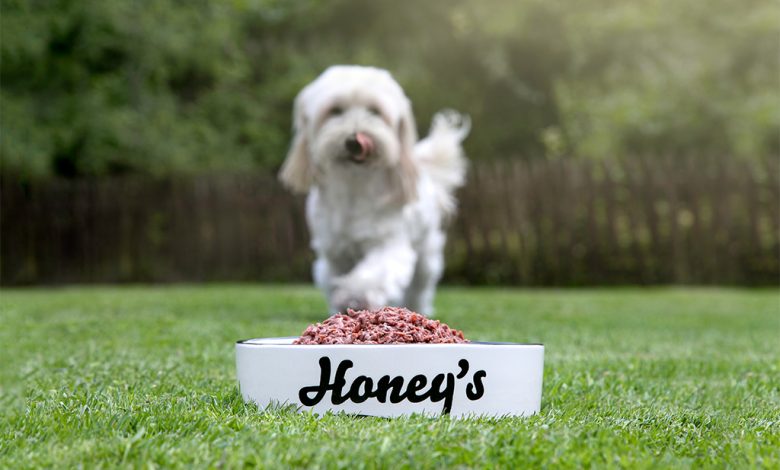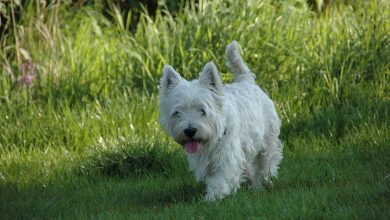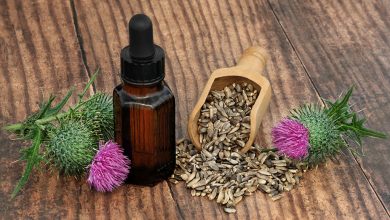I don’t think there can be a dog lover in the country who hasn’t heard about raw feeding. I switched my own dogs and the dogs I was fostering about fifteen years ago. At the time I was an accidental pig farmer. The 20 pigs I had bought to clear some land had not been practising safe sex and I had over a hundred piglets to care for. I loved those pigs so much that I went off eating meat and also handling it. So, I talked a friend into starting a raw dog food company that used only organic, wild and free range meat, simply because I didn’t want to make my own! The company (Honey’s Real Dog Food) is still very small but because it is run by dog lovers for dog lovers we invest a lot of our profits back into projects that other similar businesses might not consider essential. One of these projects was some research into the benefits of raw feeding (and we have lots of raw proof!).
Background
Traditionally, domesticated dogs were fed a species appropriate diet consisting of raw meat, raw bones, and raw vegetables (a ‘raw diet’), supplemented by table scraps and whatever other food they could scavenge. After the introduction of processed dog food in 1860 their diet slowly began to change until, by the 1980s, a species appropriate diet had become the exception rather than the rule. In recent years the tide has turned. In 2008, there were barely half a dozen raw dog food producers in the UK and none were members of the main industry body: The Pet Food Manufacturers Association (PFMA). At the latest count, there are close to a hundred producers and the PFMA has a dedicated raw food group.
With the increased interest in raw feeding has come controversy. Those in favour claim that dogs enjoy better health and longer lives. Those against claim that it carries health risks both to dogs and humans. Both sides depend to a surprisingly large extent on anecdotal evidence, there being a paucity of reliable, relevant scientific research. What there is, is research supporting highly processed, heavily supplemented dog food. Not surprisingly, this is funded by the big, multi-national pet food companies. The self-same companies that helped to create the nutritional guidelines for dog food.
Why We Believe in Raw Feeding
At Honey’s, you won’t be surprised to hear, we are convinced that a raw food diet is beneficial to dogs. We base this on:
Logic
Every species on earth must eat an appropriate diet in order to survive and flourish. For some species the range of appropriate foods is very limited, for others there is greater tolerance. Although, over time, certain species, with varying degrees of success, can adapt to a new diet, it doesn’t alter the core fact that the food they eat must be appropriate. Dogs, Canis lupus familiaris, have the typical physiology and digestive system of a carnivore. Their natural diet, like that of other canids, consists predominantly of prey with a certain amount of vegetable matter (grasses, herbs, fruit &c..). It is what they have eaten for millions of years.
Observation
We have been responsible for feeding thousands of dogs a raw food diet since 2009 and we have seen only positive outcomes as a result. It is one thing to believe something and quite another to prove it. As raw food has become more popular with dog lovers, so, too, has demand for hard evidence as to its safety and efficacy. Veterinary professionals, in particular, seek reassurance.
Naturally, they do not wish to recommend anything that could have adverse health implications. With this in mind, Honey’s launched a species appropriate diet research investigation.
Raw Proof
We set out to investigate two things. First, whether a species appropriate (aka raw food) diet can be formulated so as to meet the highest possible nutritional guidelines for dogs, as specified by the European Pet Food Industry (FEDIAF).
Second, whether such a diet will prove to be nutritionally adequate when fed to a meaningful sample of dogs over 26 weeks using an extended version of the rigorous trial protocol developed by the Association of American Feed Control Officials (AAFCO).
What We Discovered
In a nutshell we discovered that it is possible to create a range of complete, species appropriate (raw meat, raw bone, raw vegetable) adult dog foods that – when fed in conjunction with each other – meet the FEDIAF nutritional guidelines without need for additional, synthetic supplementation. We found that when they were fed a range of complete, species appropriate (raw meat, raw bone, raw vegetable) dog foods, experienced no adverse health effects or significant loss of weight.
A Word about Canine Digestion
Dogs have no digestive enzymes in their saliva (unlike humans) and very large, expandable stomachs (they can eat 5% of their body weight at a single sitting, which would be like someone who weighs 10 stone eating seven pounds of food in one go) not to mention indescribably strong stomach acids (strong enough to burn your fingers). Their digestive system is designed so that they can tear off chunks of raw meat, crunch up raw bones and swallow the lot whole.
The Future
Happily, more and more research is being done into canine nutrition and much of it is pointing to the fact that dogs, like humans, need to eat a healthy and appropriate diet. That diet should be as close to their natural diet as possible. If you would like more information please do get in touch. Also, if you are interested in learning more about raw feeding please do contact Honey’s. We are happy to help – and even to show you how to make your own food – even if you never plan to become a customer.
Jonathan is a journalist and farmer. He is a trustee of the Rainforest Trust, founder of Honey’s Real Dog Food and author of the Natural Feeding Handbook.






